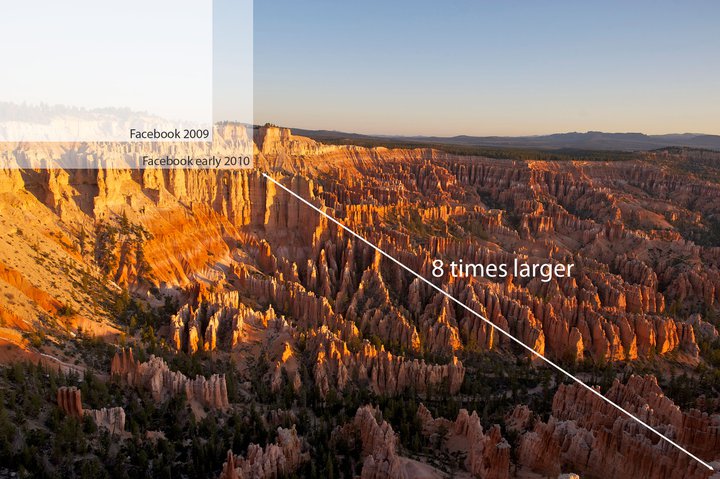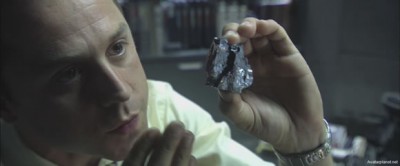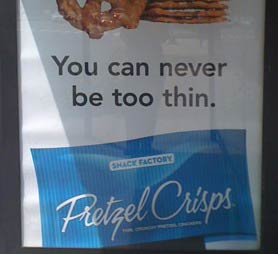
A Blade was Found in my Child’s Halloween Candy!
Everyone knows the story. Some kid found a blade in his snickers bar. Some other kid found a needle in his 3 musketeers. Now every mother and father is called to check all the candy a child receives before allowing them to eat it. Check for open packages. Check for sketchy pieces of candy. Your child’s life might depend on it!
Is it true? Was Candy Poisoned in Halloween?
Fact: During the poison candy scare in the 70s and 80s, almost every incident of blades, needles or poison in candy was found to be a hoax. A deliberate hoax by the child in question. Several experts have done extensive studies and reviews of past reports in order to determine this fact. In fact up until the year 2000, there hasn’t been a single proven incident where a child was injured by Halloween candy from a stranger.
So then what are the candy horror stories that were true?!
In 1970, a 5 year old boy in Detroit, fell into a coma after consuming his uncle’s heroin. The family tried to cover it up by claiming the heroin was in the Halloween Candy. FAIL.
 In 1974, Timothy O’Bryan in Pasadena, Texas died after eating a cyanide-laced Pixy Stix. But further police investigation revealed that the boy’s Father, Ronald Clark O’Bryan had premeditated this murder in order to claim life insurance money. To hide his attempt, he had also given the Pixy Stix to his daughter and three other kids. Luckily the other kids did not eat the Pixy Stix. Ronald O’Bryan was convicted of murder and executed by lethal injection.
In 1974, Timothy O’Bryan in Pasadena, Texas died after eating a cyanide-laced Pixy Stix. But further police investigation revealed that the boy’s Father, Ronald Clark O’Bryan had premeditated this murder in order to claim life insurance money. To hide his attempt, he had also given the Pixy Stix to his daughter and three other kids. Luckily the other kids did not eat the Pixy Stix. Ronald O’Bryan was convicted of murder and executed by lethal injection.
There is a pattern here. It was not by some psycho trying to poison kids for fun. These incidences that spurred the Halloween scare were more due to their family then some random candy bar. In fact Ronald O’Bryan used the urban legend to try to cover up his own crime. Yet it’s become an urban legend, but how?
Media Hype Creates an Urban Legend
Though these incidences were clearly either false, or family neglect, or a premeditated murder, the media ate these stories up. All throughout the 1980s, these stories were circulated and given considerable attention. News outlets pumped up these stories especially during the Halloween season because it grabs everyone’s attention especially the concerned parents. Often news would break before the claims are investigated and when found to be a hoax, it was rarely followed up.
Thus it is no surprise that there was a growing concern amongst the parents and this one sided coverage created a mass panic. By 1985, a poll by ABC News/Washington Post showed that 60% of parents feared their children would be injured or killed by Halloween Candy.
 Samples of Hyped up False Alarms
Samples of Hyped up False Alarms
There are many stories out there that added to the hype. Helen Pfeil of Greenlawn, NY was a housewife who was annoyed by trick or treaters, made up joke treats to give to teenagers. She gave out dog biscuits, steel wool pads, and ant poison buttons, meanwhile telling the kids that these were joke treats. She was charged for endangering children.
Another report found traces of strychnine in a box of sunkist fun fruit dinosaurs. It was reported by the New York Times, but later the suspicious powder was found to be corn starch. New York times would later print an update to the article, but not before the manufacturer of Fun Fruits destroyed 9400 cases of the product. Unfortunately most remember the destruction of the products, not the followup.
There were several other incidences where doctors or the police announced their suspicions about tampered candy creating a mass stir and hysteria as the media warned everyone about crazy poisoners on the loose, only later to be revealed that the cause of the illness or death was due to some other means.
Trying to Debunk the Halloween Candy Myth
Below is an excerpt from 1989 Article in the Los Angeles Times. The article interviews Joel Best, a professor of sociology at California State Univeristy, Fresno who have been trying to debunk this urban legend.
“We checked major newspaper from throughout the country from 1958 through 1988…”
Well, they found a total of 78 cases and two deaths. Further checking proved that lamost all of the 78 cases were pranks. The deaths were tragically real, but they, too, were misrepresented in the beginning.
The prank, he said, were all of kids – after years of hearing similar stories – inserting needles or razor blades into fruit, not realizing (or maybe realizing) how much they frightened their whole town.
“My favorite,” Best says, “was the kid who brought a half-eaten candy bar to his parents and said, ‘I think there’s ant poison on this,’ They had it checked and, sure enough, there was ant poison on this,’ They had checked and, sure enough, there was ant poison on it – significantly, on the end he had not bitten,” Of course, the youngster had applied the poison himself.
Best has tried mightily over the years to destroy this particular myth, but obviously to no avail. “It’s the old problem of trying to prove a negative,” he says.
Urban Legend – Halloween Candy Lives On
Unfortunately despite the lack of evidence and a very low likelihood of this ever happening, the Urban Legend lives on. Having said that, because of the Urban Legend, one can’t help wonder if some psycho out might be more likely to do it…
Just becareful.

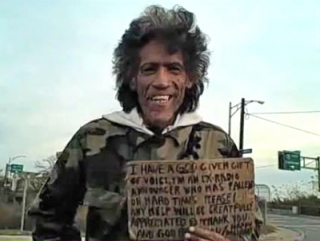 “I have a god given gift of voice. I’m an ex-radio announcer who has fallen on hard times. Please! Any help will be greatfully appreciated. Thank you and God bless. Happy holidays,” reads Williams’ roadside sign for help.
“I have a god given gift of voice. I’m an ex-radio announcer who has fallen on hard times. Please! Any help will be greatfully appreciated. Thank you and God bless. Happy holidays,” reads Williams’ roadside sign for help.
 How Can People Spend So Much!?
How Can People Spend So Much!?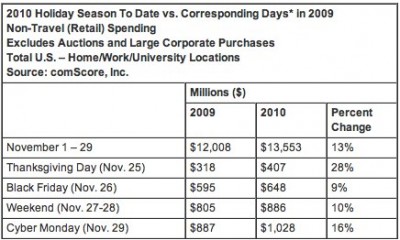
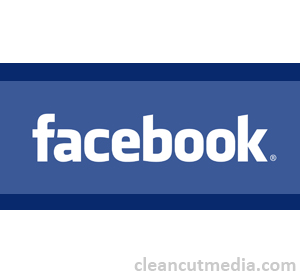 Impact of Social Media on Real Life Social Interaction
Impact of Social Media on Real Life Social Interaction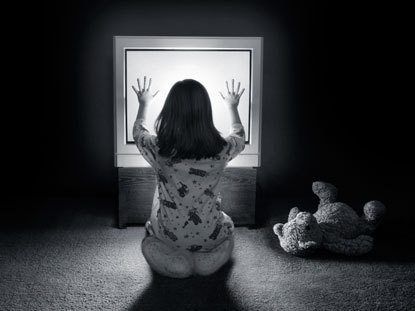 Issues with Social Media Report
Issues with Social Media Report
 In 1974, Timothy O’Bryan in Pasadena, Texas died after eating a cyanide-laced Pixy Stix. But further police investigation revealed that the boy’s Father, Ronald Clark O’Bryan had premeditated this murder in order to claim life insurance money. To hide his attempt, he had also given the Pixy Stix to his daughter and three other kids. Luckily the other kids did not eat the Pixy Stix. Ronald O’Bryan was convicted of murder and executed by lethal injection.
In 1974, Timothy O’Bryan in Pasadena, Texas died after eating a cyanide-laced Pixy Stix. But further police investigation revealed that the boy’s Father, Ronald Clark O’Bryan had premeditated this murder in order to claim life insurance money. To hide his attempt, he had also given the Pixy Stix to his daughter and three other kids. Luckily the other kids did not eat the Pixy Stix. Ronald O’Bryan was convicted of murder and executed by lethal injection. Samples of Hyped up False Alarms
Samples of Hyped up False Alarms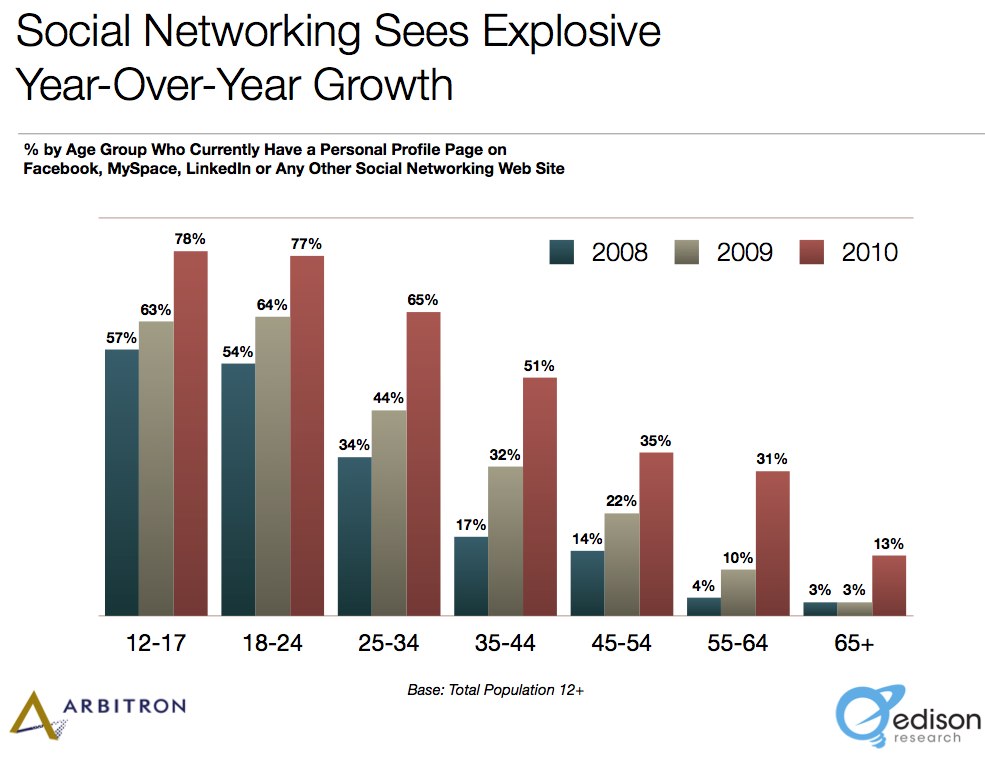
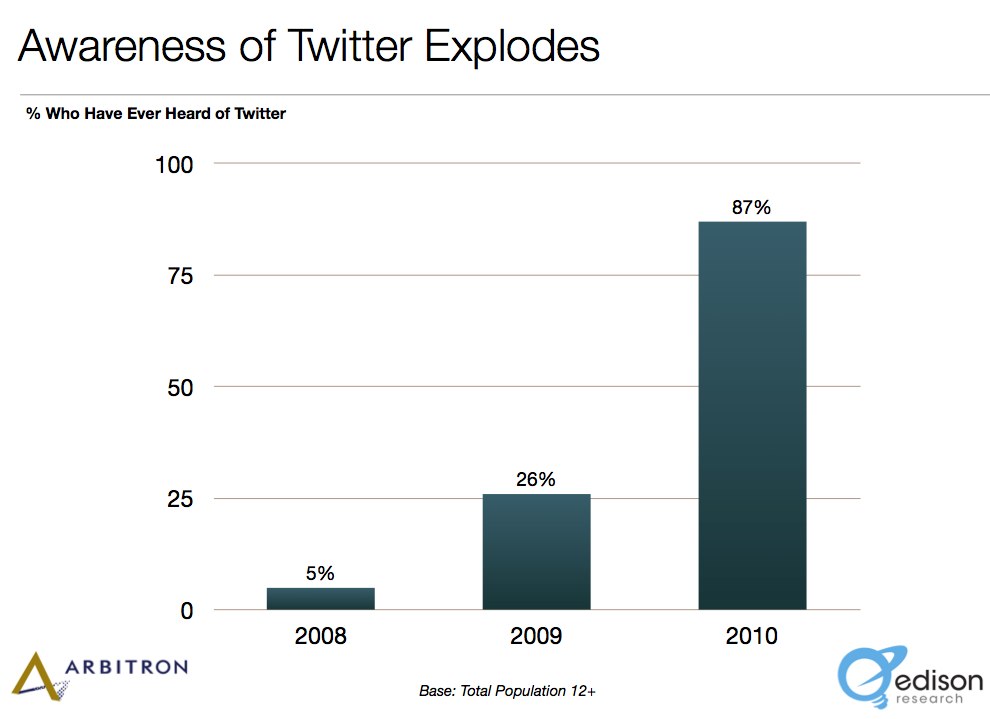
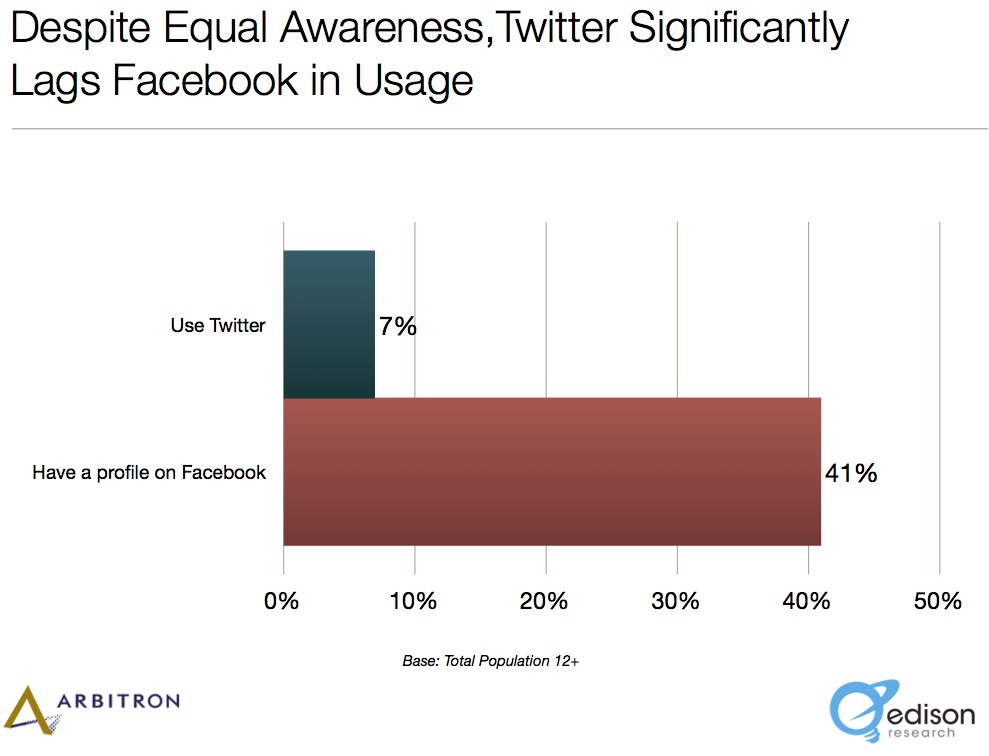
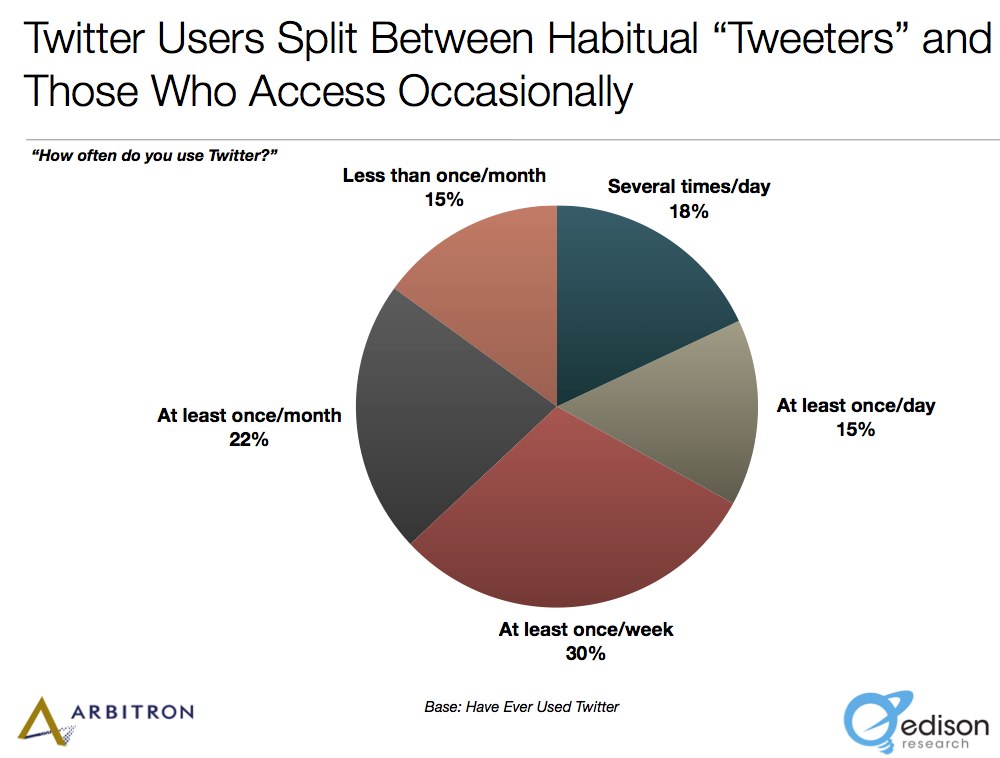
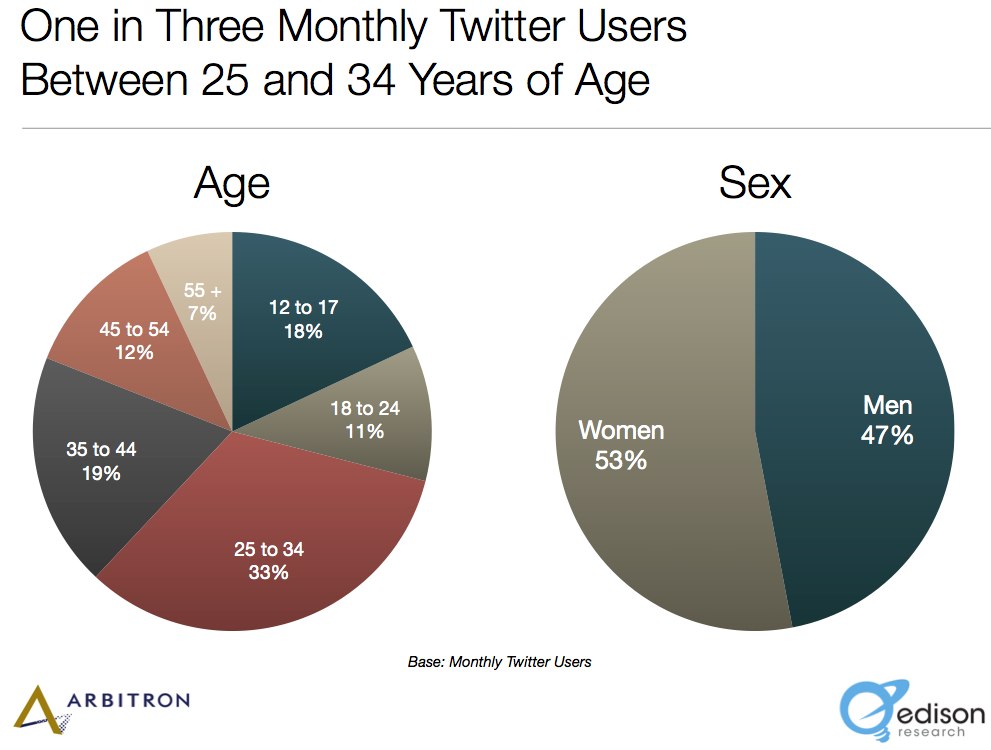
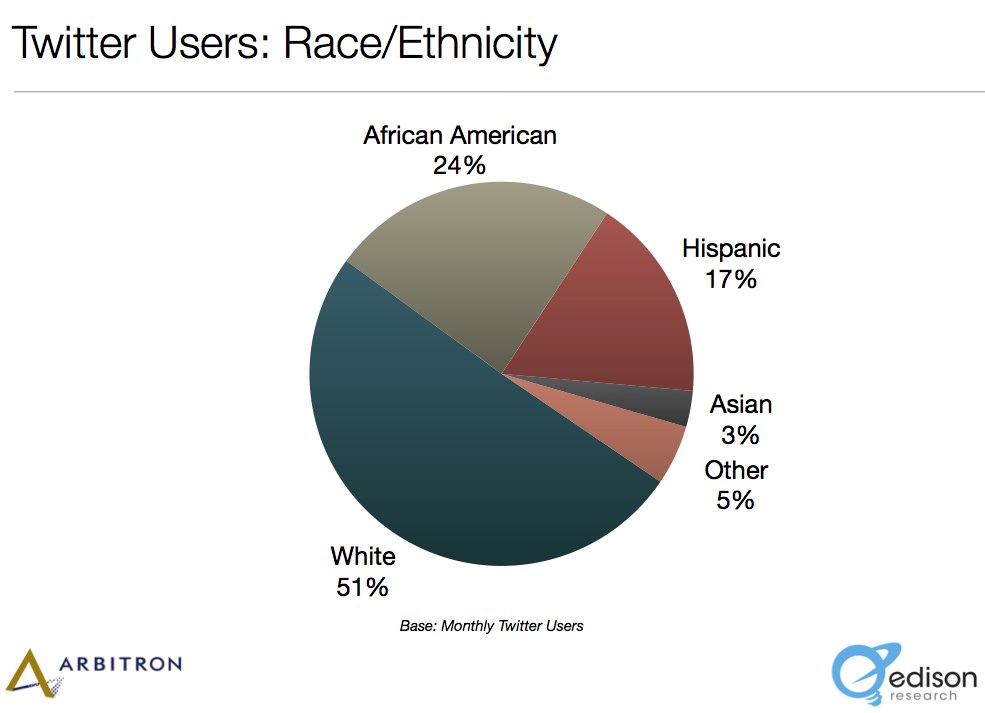
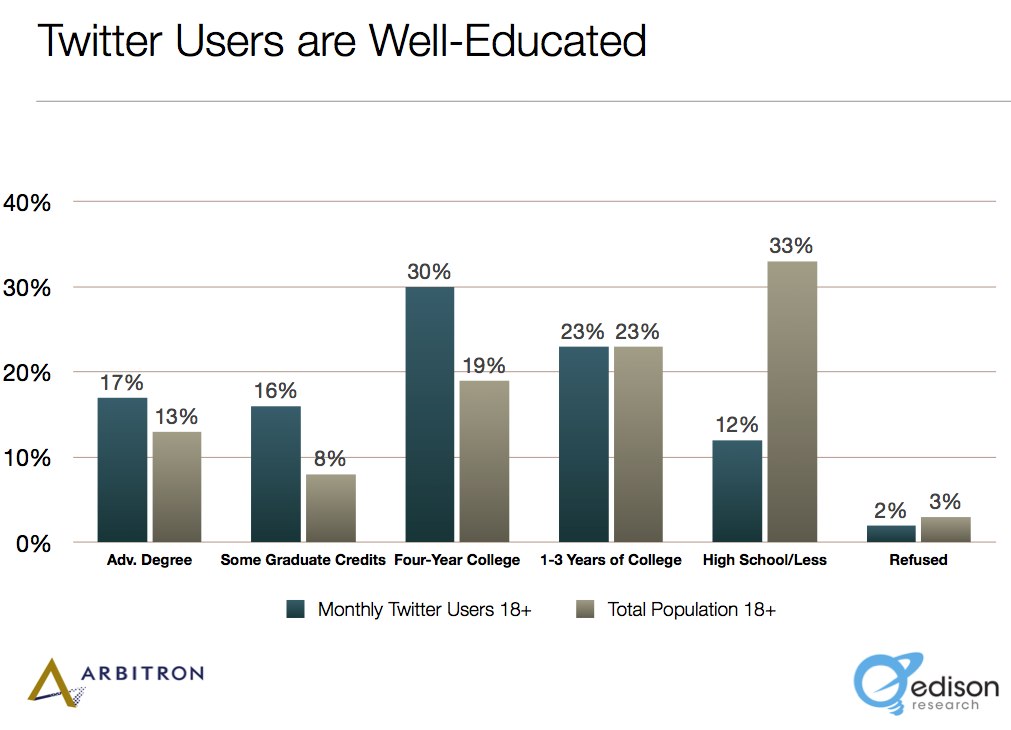
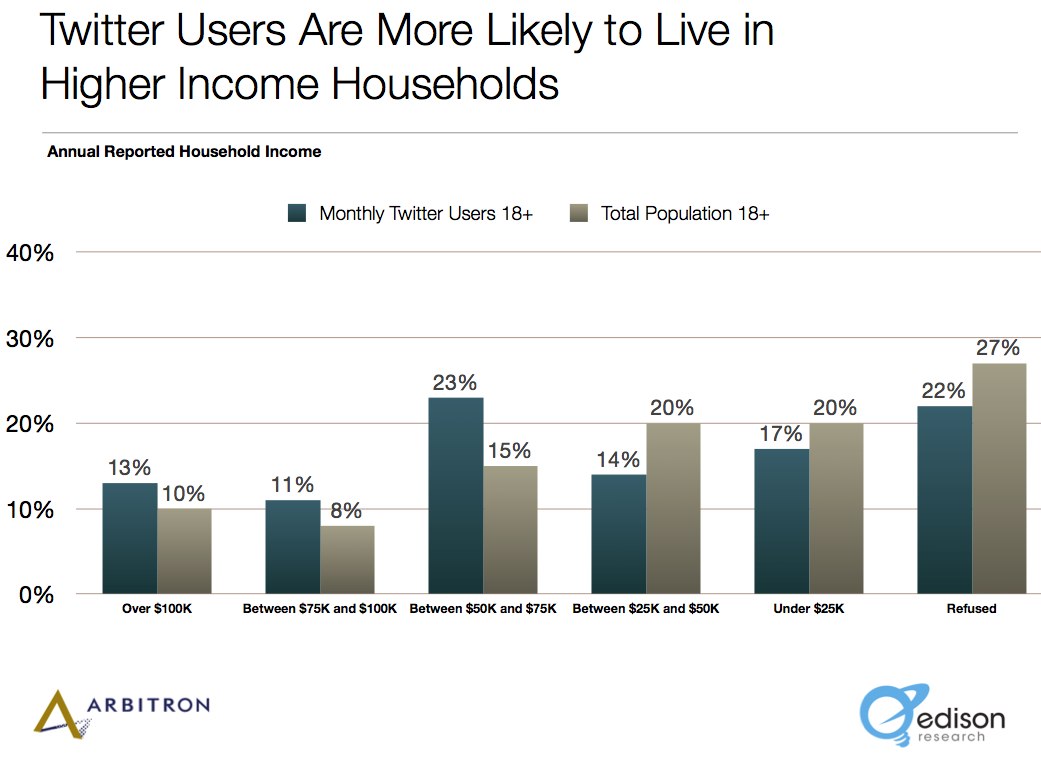

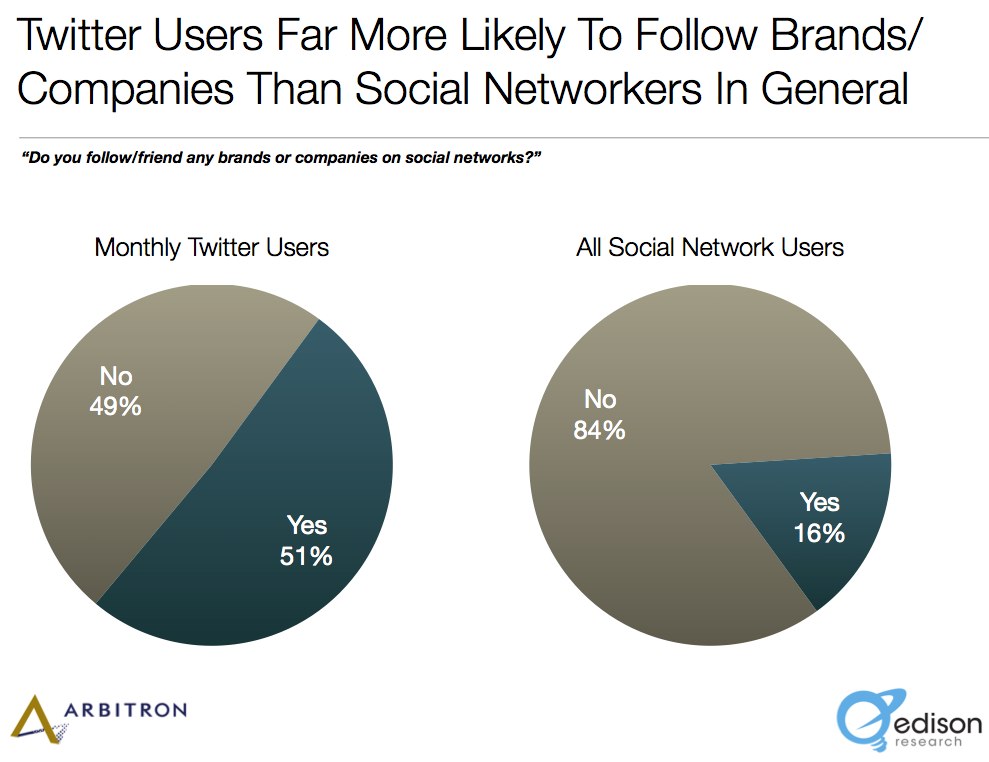
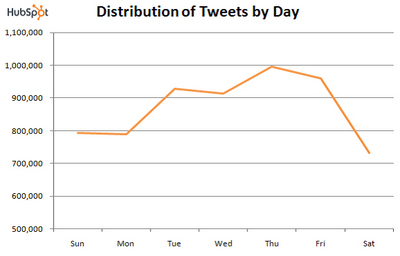
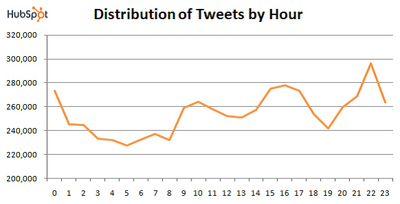
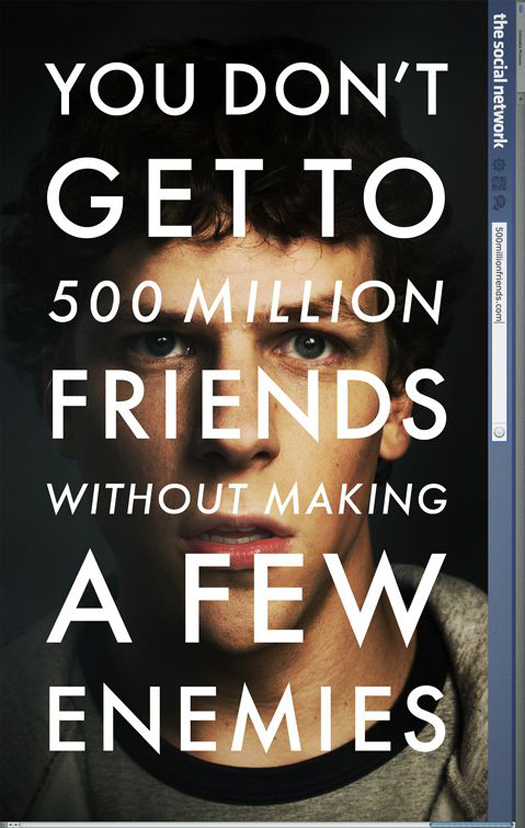 “…virtually all of the practices that nearly wrecked the global economy back in 2008 were legal—all of which goes to prove that just because something is legal doesn’t make it ethical or right… So the question isn’t “why?” but “why not?” If the only thing standing between you and millions, even billions, is other people’s disapproval, why not do what you want to do?”
“…virtually all of the practices that nearly wrecked the global economy back in 2008 were legal—all of which goes to prove that just because something is legal doesn’t make it ethical or right… So the question isn’t “why?” but “why not?” If the only thing standing between you and millions, even billions, is other people’s disapproval, why not do what you want to do?”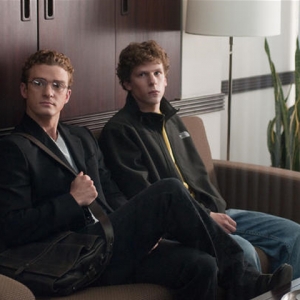 The Social Network, based on the book The Accidental Billionaires by Ben Mezrich, tells what’s been called a “creation myth” about the wildly successful Facebook. The “myth” alternates scenes from Zuckerberg’s days at Harvard and depositions taken in connection with two lawsuits filed against him by former schoolmates.
The Social Network, based on the book The Accidental Billionaires by Ben Mezrich, tells what’s been called a “creation myth” about the wildly successful Facebook. The “myth” alternates scenes from Zuckerberg’s days at Harvard and depositions taken in connection with two lawsuits filed against him by former schoolmates.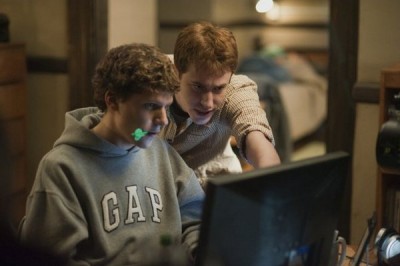 Personal Failure or Broken Culture or Both?
Personal Failure or Broken Culture or Both? 92% of US Toddlers have Online Presence!
92% of US Toddlers have Online Presence!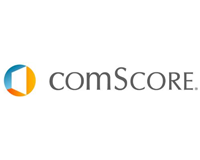 Facebook Video Surpasses Yahoo! Video
Facebook Video Surpasses Yahoo! Video